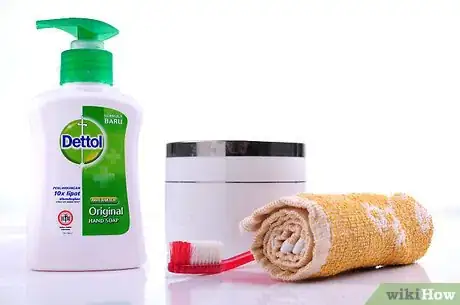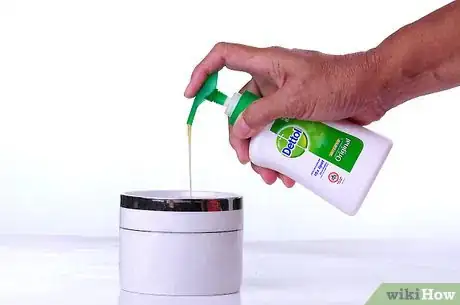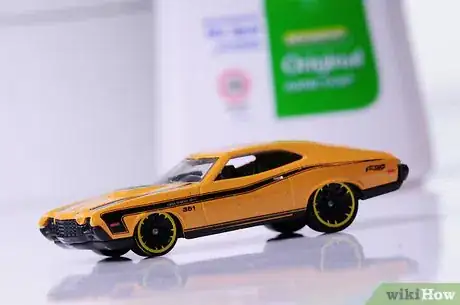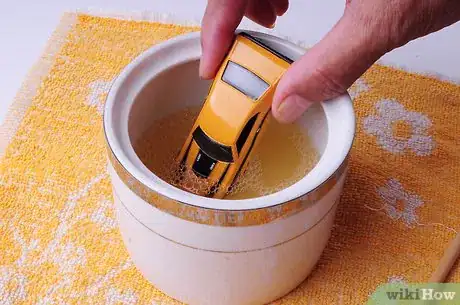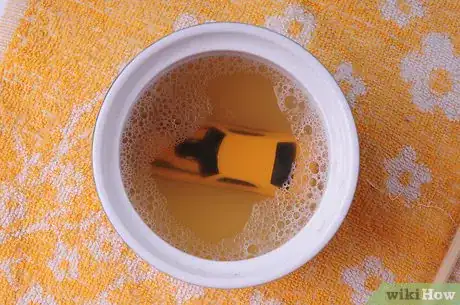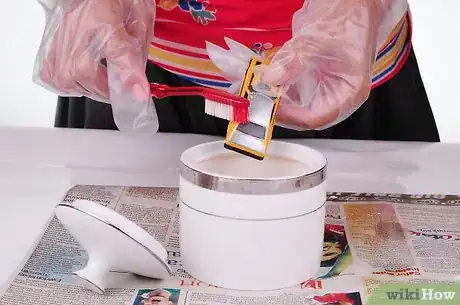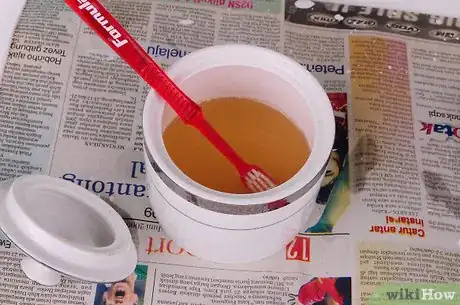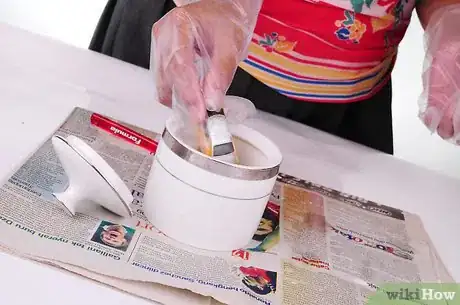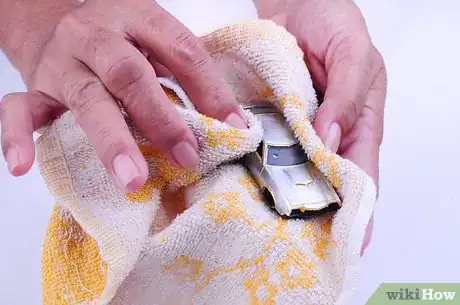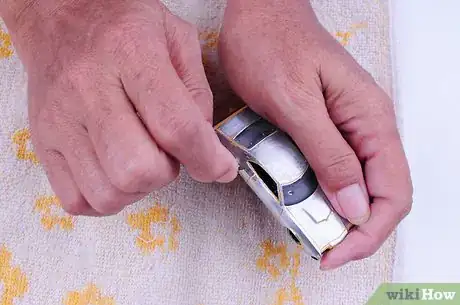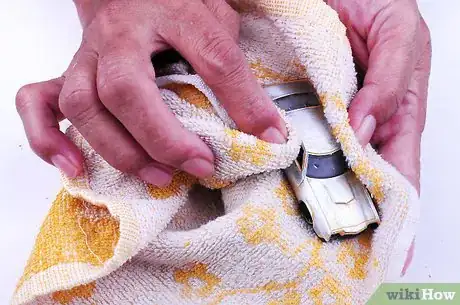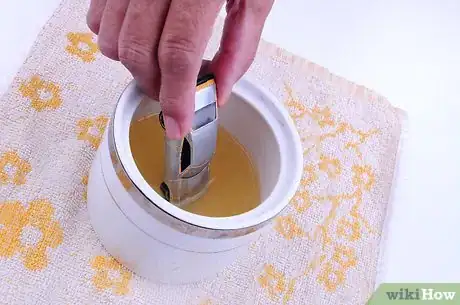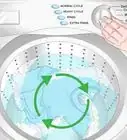Explore this Article
IN THIS ARTICLE
Other Sections
X
wikiHow is a “wiki,” similar to Wikipedia, which means that many of our articles are co-written by multiple authors. To create this article, 12 people, some anonymous, worked to edit and improve it over time.
wikiHow marks an article as reader-approved once it receives enough positive feedback. In this case, 92% of readers who voted found the article helpful, earning it our reader-approved status.
This article has been viewed 260,335 times.
Learn more...
Using Dettol is an easy way to strip paint off of models quickly and without damaging the structure of the models. The process involves mixing your Dettol solution, soaking your model, and rubbing off the paint. Read on to learn more!
Steps
1
Gather your ingredients and equipment.
-
You will need the following:
- An original bottle of Dettol solution, which is a liquid disinfectant available from most supermarkets, pharmacists or general stores. Do not get any variation of the Dettol solution or your results may vary from those intended.
- Two old toothbrushes, preferably hard or medium in strength, as soft toothbrushes fail to remove as much paint.
- Some sort of fine object, such as toothpick, pin or paper clip. These will come in handy later on in the process.
- A large container, about the size of a gherkin jar or larger. Glass or plastic will suffice, but make sure it is one you can do without as it will not be usable after the process.
- Several rags or cloths, preferably thin so you can feel models through them. Again, make sure they are old and unwanted.
- Two rubber gloves. Dettol, while not dangerous, does dehydrate skin and can cause peeling and discomfort on areas exposed to it for too long. Wearing thin surgeon's gloves, or similar, will help you avoid this problem.[1] X Research source
- Access to running water, preferably where you are working with the process.
- Newspapers or covers for the area you will be working with, as it can get quite messy and the paint that you remove will be hard to get off any surfaces should it fall onto them.
- A well ventilated room. The mixture can give off a lot of fumes, which although harmless, can be a bit overwhelming in a confined space. An open door or a few open windows should allow sufficient airflow.
Advertisement
2
Create the Dettol solution.
-
You can create as much of the solution as you require. You can also vary the concentration. Generally, a 1:1 ratio of Dettol to cold tap water in the container you have brought will give you the best result in 24 hours. You can make the mixture with more water, for example a 1:2 ratio, but the models will need to rest in the solution for longer. So if you have bought a whole bottle of Dettol, the easiest thing to do is simply pour the bottle in and then mix in an equal amount of water, and add more if you wish. Nothing else needs to be done to the solution.
3
Choose the models from which you wish to strip the paint.
-
This solution works with both plastic and metal. It also works on both heavily painted and partially painted models. The mixture does loosen joints of "green stuff" modeling putty and occasionally super glue, so do not soak any models where you wish to keep the miniature in once piece with these adhesives.[2] X Research source
Advertisement
4
Place the models carefully in the Dettol bath.
5
Leave the models in the bath for approximately 24-48 hours.
-
Most models will only need a day's soaking.[3] X Research source However, with the newer, stronger paints available and better knowledge of undercoating, some models will indeed need much longer before all the paint will come off. Of course, the mixture will not harm detail, so is perfectly safe for this period of time. Remember to screw the cap on of the container and leave it in a safe place.
Advertisement
6
Remove a model from the mixture.
-
This should be done after 24–48 hours. First, remove the container cap and put on your gloves. The mixture should be almost opaque, maybe milky or brownish, and paint should have formed a loose slime covering on the models and with one of your toothbrushes, will be very easy to flick off onto your newspaper.
7
Brush off all the loose paint onto the newspaper with your toothbrush.
-
Only use one toothbrush, as the second will be used later in the process. Flick away from you at roughly a 45 degree angle to the model's surface. Keep scrubbing away in all the grooves and areas until the paint is gone. If it won't budge, read further on.[4] X Research source
Advertisement
8
Clear off clogged paint with the Dettol mixture.
-
Do NOT use tap water to remove loose paint. This is true for any of your equipment (i.e., your gloves if they are getting paint back on your clean model, you model if it still has loose paint etc.). This is very important - if you place the mixture with loose paint into water, it will clog up your brush and the model, and anything else it touches and make it near impossible to continue. See the tips and warnings sections for more information.[5] X Research source
9
Re-soak the miniature if required.
-
This won't always be necessary. However, sometimes you will need to remove the majority of loose paint and place the model in the bath for a further 24 hours or so before the most difficult-to-remove paint will budge. Scrub off as much of the loose paint as you can and if it still isn't fully cleaned, place the model back in the mixture. Repeat these steps as many times as needed until you are happy that all the paint is gone.
Advertisement
10
Place the cleaned models on the towel or cloth you have placed down.
11
Rinse the models.
-
Take the models individually and rub them with your hands under a tap of running water. It is safe to take your gloves off now as most of the mixture will be washed away. Rinse the models under the water until you can feel they have lost their "slimy" feel on your skin. Place them back on the cloth.
Advertisement
12
Taking another cloth, "polish" the models.
13
Remove straggling paint.
-
Flick off any remaining paint in the deep recesses. You can use your second toothbrush and the hard, slim object you have (i.e. paper clip, toothpick etc.). There is no need to get this brush into the mixture. Really look to force the toothbrush into the gaps and recesses to make sure there is no paint in them.
Advertisement
14
Rub the models down one last time with your cloth.
15
Reuse the mixture if you want.
-
The Dettol mixture can be kept for a long time. However, generally, it begins to lose its effect after the second use. It would be advisable to throw the mixture away in a safe environment, clean the container out and then remake a new batch of the solution.[6] X Research source
Advertisement
Community Q&A
-
QuestionShould I be scared that a hand cleaning product can be used to remove paint?
 Community AnswerNo, not at all. Though its ingredients happen to have solvent properties, it's not dangerous as a disinfectant when usage directions are properly followed. Though not as strong, rubbing alcohol, hand sanitizer, and even water can also be used as solvents.
Community AnswerNo, not at all. Though its ingredients happen to have solvent properties, it's not dangerous as a disinfectant when usage directions are properly followed. Though not as strong, rubbing alcohol, hand sanitizer, and even water can also be used as solvents.
Advertisement
Warnings
- Be aware of the laws where you live of disposing of chemicals and paints down drains. Dispose responsibly!⧼thumbs_response⧽
- As mentioned in the main article text, Dettol dehydrates skins rapidly. Always wear gloves when using it for prolonged periods and always keep a bottle of moisturizer handy for when the process is complete.⧼thumbs_response⧽
- Always perform this process in an environment with good air-flow. Dettol can give you headaches and be overwhelming if you breathe too much of it.[7] X Research source⧼thumbs_response⧽
Advertisement
Things You'll Need
- An original bottle of Dettol solution.
- Two old toothbrushes.
- Some sort of fine object, such as toothpick, pin or paper clip.
- A large glass or plastic container, about the size of a gherkin jar or larger.
- Several rags or cloths.
- Two rubber gloves.
- Access to running water, preferably where you are working with the process.
- Newspapers or covers for the area you will be working with.
- A well ventilated room.
You Might Also Like
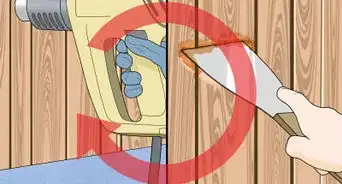
How to
Remove Paint from Walls
How to
Get Acrylic Paint Out of Clothes

How to
Remove Latex Paint from Clothes
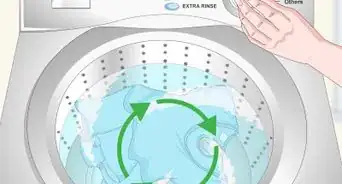
How to
Get Dry Paint Out of Clothes
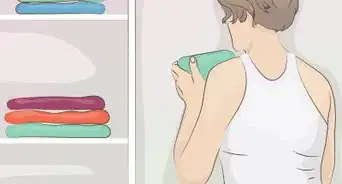
How to
Remove Spray Paint from Clothes
How to
Get Acrylic Paint Off Shoes
How to
Remove Paint from Clothes

How to
Remove Fabric Paint from Clothes
How to
Remove Paint from Fabrics
How to
Remove Enamel Paint
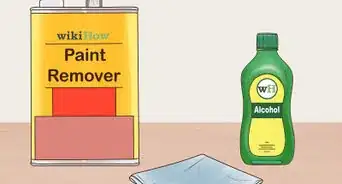 How to Remove Paint from Jeans
How to Remove Paint from Jeans

How to
Remove Paint from Vinyl

How to
Remove Paint from Brass Fixtures
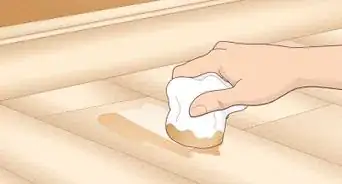
How to
Remove Paint on Hardwood Floors
Advertisement
References
- ↑ https://boardgamegeek.com/blogpost/17505/how-strip-paint-dettol
- ↑ https://modelrailwayengineer.com/how-to-paint-stripping-plastic-models/
- ↑ https://spikeybits.com/2018/01/another-way-to-remove-paint-from-old-models.html
- ↑ https://boardgamegeek.com/blogpost/17505/how-strip-paint-dettol
- ↑ https://www.heresy-online.net/threads/paint-strip-miniatures-uk-guide-dettol.107851/
- ↑ https://www.heresy-online.net/threads/paint-strip-miniatures-uk-guide-dettol.107851/
- ↑ https://www.heresy-online.net/threads/paint-strip-miniatures-uk-guide-dettol.107851/
About This Article
wikiHow is a “wiki,” similar to Wikipedia, which means that many of our articles are co-written by multiple authors. To create this article, 12 people, some anonymous, worked to edit and improve it over time. This article has been viewed 260,335 times.
186 votes - 92%
Co-authors: 12
Updated: October 9, 2022
Views: 260,335
Categories: Removing Paint and Polish Stains
Advertisement
